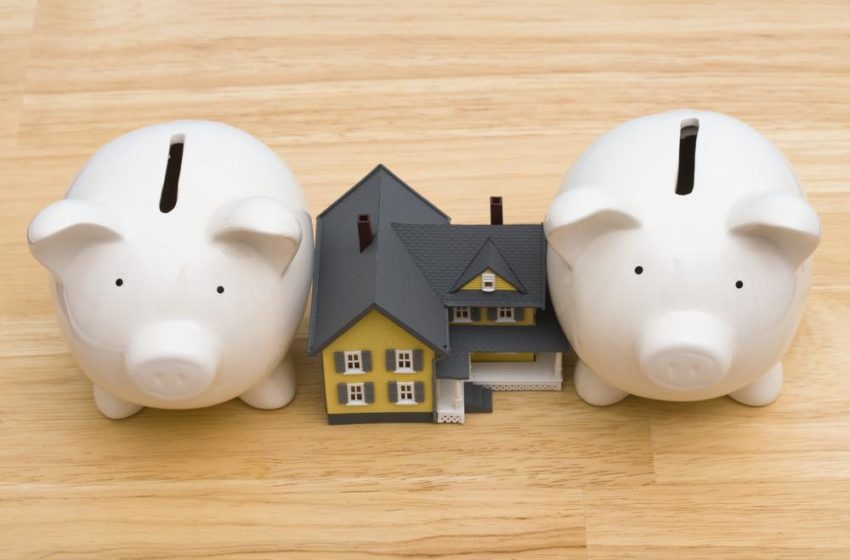All About Mortgage Refinancing

Exif created by JPEGTweaker
Refinancing a mortgage replaces your current home loan with a new one. After the refinancing is done, the new mortgage clears the balance of the old home loan instead of going to the home seller.
Why Should You Refinance A Mortgage?
Before you decide to refinance your home loan, you must be clear about why you want to do it. You could refinance to:
Pay Off The Loan Faster
Refinancing from a 30-year home loan into a 15-year mortgage means you pay off the loan in half the time. This also means you have to pay less interest over the term of the loan. However, this usually comes with a downside—an increase in your monthly payments.
Reduce The Monthly Payment
If you want to make smaller monthly payments, you could refinance your mortgage with a lower interest rate. You could also consider extending the term of the loan instead. However, this will lead to the accumulation of more interest.
Convert an Adjustable-Rate to A Fixed-Rate Loan
Interest rates on adjustable-rate mortgages (ARMs) tend to increase over time, while fixed-rate mortgages have the same interest rate. If you prefer to have steady payments, you could refinance your mortgage to convert it from an ARM to a fixed-rate one.
You could also refinance a mortgage to get rid of FHA mortgage insurance or tap into equity.
How To Go Refinance A Mortgage
- Determine your goal: Do you want to refinance to shorten the loan term, reduce the monthly payment, or because of any other aforementioned reason?
- Shop around for the best mortgage refinance rate: Ensure you take into account the additional fees you’ll have to pay as well.
- Apply for a mortgage with 3-5 lenders: Make sure you submit all the applications within two weeks to prevent your credit score from getting affected.
- Pick a refinance lender: To choose the best offer, compare the Loan Estimate document provided by each lender. This will give you an idea about how much you’ll have to spend on closing costs.
- Lock your interest rate: Doing this means your interest rate won’t change for a specified period. The lender and you will then try to close the loan before the rate lock expires.
- Close on the loan: This is when you pay the closing costs mentioned in the Loan Estimate and the Closing Disclosure.





